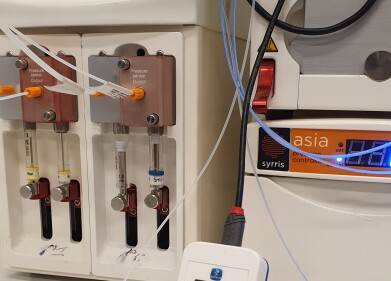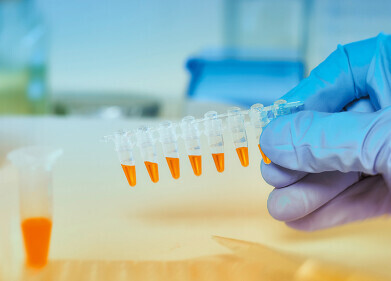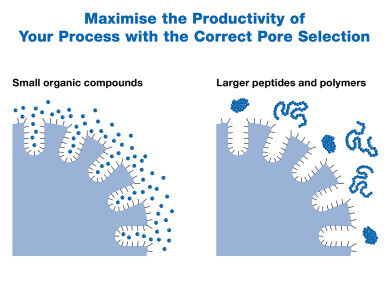Liquid Chromatography
Can Chromatography Unlock Plants' Anti-Alzheimer’s Compounds?
Jul 21 2017
Plants have been treasured as a source of medicine for thousands of years. But whereas in the olden days it was the local elder or ‘witch-doctor’ who made potions that could cure or kill you, today it is scientists who are unlocking the secrets of plants to help find cures for modern diseases. But with plants containing thousands of compounds and novel metabolites created as these components react in the body, it is like searching for a needle in a haystack looking for the mechanisms at work when new active compounds are used.
But luckily, there is a powerful tool available when researchers want to look at the metabolites and compounds formed when new plant-based drugs are used. Liquid chromatography is used for analysing many different compounds and novel drugs is just one example as discussed in the article, High Efficiency Post Column Derivatisations of Natural Products using Reaction Flow High Performance Liquid Chromatography. A recent paper in the journal Frontiers in Pharmacology highlights the use of liquid chromatography in finding new drugs for the next major killer that medicine must tackle — Alzheimer’s Disease (AD).
More effective methodology
In the journal paper A Systematic Strategy for Discovering a Therapeutic Drug for Alzheimer’s Disease and Its Target Molecule the team from the University of Toyama show how they have created a method to isolate and identify active plant compounds in the brain. Scientists usually screen potential new medicines by making many hundreds of lab experiments in vitro. If the scientists get a hit in the test tube then candidate compounds might make it into animal tests.
But it is a long and expensive process that doesn’t consider the fact that a compound might react differently in the human body. And an additional problem in researching drugs for AD is that our brains are protected from invaders by a barrier — the blood-brain barrier. Only certain compounds can get through the barrier, and the team had to include this in their new method.
DARTS for AD
The team used mice with a genetic modification as a model for AD in their research. They used a methodology based on DARTS (Drug Affinity Responsive Target Stability) that identifies targets for potential drug candidates. The team developed a strategy to use DARTS on plant-based molecules that can cross the blood-brain barrier.
They used LC-MS to identify brain active compounds developed from plant extracts that crossed the barrier into the brain. Using the method, they could show that several compounds that were effective in models in improving memory loss could cross the barrier and so might be candidates in future AD research.
Digital Edition
Chromatography Today - Buyers' Guide 2022
October 2023
In This Edition Modern & Practical Applications - Accelerating ADC Development with Mass Spectrometry - Implementing High-Resolution Ion Mobility into Peptide Mapping Workflows Chromatogr...
View all digital editions
Events
Apr 23 2024 Kintex, South Korea
Apr 23 2024 Seoul, South Korea
Apr 28 2024 Montreal, Quebec, Canada
May 05 2024 Seville, Spain
May 15 2024 Birmingham, UK













